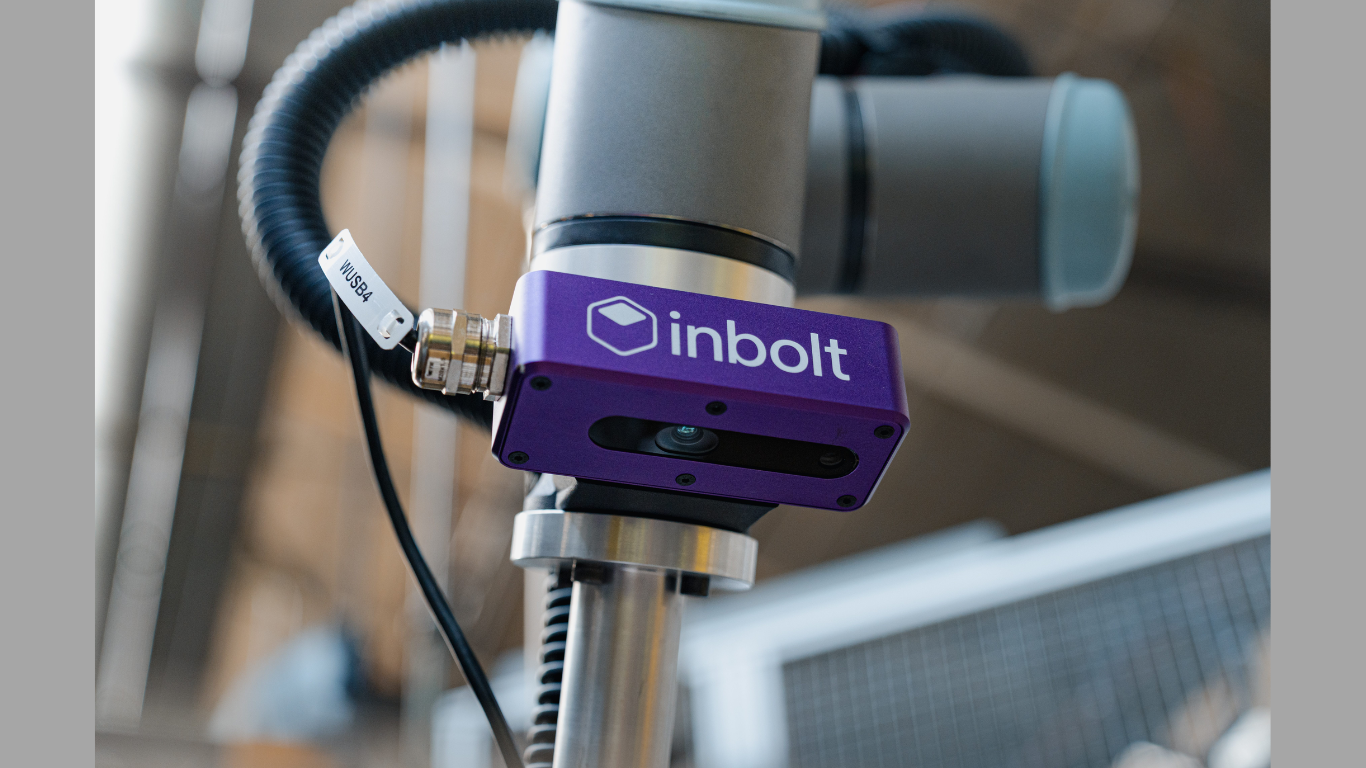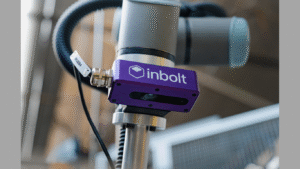Businesses continually seek ways to enhance efficiency and improve customer satisfaction. One evolving strategy is the integration of customer service automation. This approach fosters a more personalized customer experience. Automation allows businesses to manage resources more effectively, respond to inquiries faster, and significantly reduce the risk of human error.
Understanding the Advantages of Customer Service Automation
When considering customer service automation, it is critical to understand its benefits. Automating customer service can lead to substantial cost savings. According to a study by Gartner, organizations can save up to 30% on customer service costs by implementing automation strategies.
Automation enhances response times, ensuring that customers receive timely support while allowing human agents to focus on more complex issues requiring personal touch and empathy. By leveraging chatbots and self-service options, businesses can provide customers with immediate assistance, which is particularly vital when prompt service is expected.
Choosing the Right Automation Tools
Selecting appropriate automation tools is a vital step in the implementation process. Businesses should start by assessing their unique needs and customer service volume. Various tools are available on the market, offering different functionalities.
Tools can range from basic query handling to advanced machine learning capabilities. Utilizing some of the top enterprise chat & voice AI tools can enhance customer interaction by effectively managing inquiries through natural language processing. Businesses should look for tools that integrate seamlessly with their existing systems, ensuring a smooth transition and maximizing the potential benefits of automation.
Ensuring Smooth Integration with Existing Systems
Integration is a crucial factor when introducing new technology into existing business frameworks. Companies often struggle with the compatibility of new tools with legacy systems. Seamless integration can save time and prevent disruptions.
Before implementation, it is important to conduct a thorough analysis of current systems and infrastructure. Identifying potential pitfalls or compatibility issues early on allows businesses to create a more focused integration strategy, ensuring that all tools work in harmony without causing operational disruptions.

Training Staff for a Successful Transition
While automation brings efficiency, the human element remains vital in customer service. To prepare for this change, organizations must invest in training staff to work alongside automated systems effectively. Employees should understand the capabilities and limitations of automation tools, enabling them to manage customer inquiries that require a more personal touch.
An effective training program can empower employees to leverage the technology to improve their efficiency, which, in turn, enhances customer satisfaction by ensuring that human agents can devote more time to complex or sensitive issues.
Monitoring Performance and Making Adjustments
After implementing customer service automation, businesses must continuously monitor performance and gather feedback. Analyzing metrics such as customer satisfaction scores, response times, and resolution rates can help identify areas for improvement. In many cases, an organization’s initial approach to automation will not be perfect.
Adapting and refining strategies based on performance data and customer feedback ensures that the automation system evolves in line with customer expectations. Regular review of these metrics keeps the automated service aligned with the company’s customer service goals.
Maintaining Data Security and Customer Trust
As businesses integrate customer service automation, maintaining data security becomes a top priority. Automated systems often process and store large volumes of sensitive customer information, from personal details to purchase histories. To protect this data, businesses should implement robust encryption protocols and ensure compliance with relevant privacy regulations such as GDPR or CCPA.
Equally important is transparency. Companies must clearly communicate how customer data is used and stored. Providing customers with privacy options or control over their data demonstrates accountability, further strengthening trust. Regular system audits and updates play a vital role in preventing potential breaches or vulnerabilities.
Focusing on the Customer Experience
The primary goal of customer service automation should be to enhance the customer experience. Automation tools should complement existing services rather than replace them. It is important to strike a balance whereby customers can enjoy the benefits of quick, automated responses without losing the personal touch.
Businesses benefit by seeking active input from their customers, as their feedback can provide valuable insights into the effectiveness of automated systems. Soliciting this feedback helps ensure that the automation reflects the needs and preferences of customers.






























